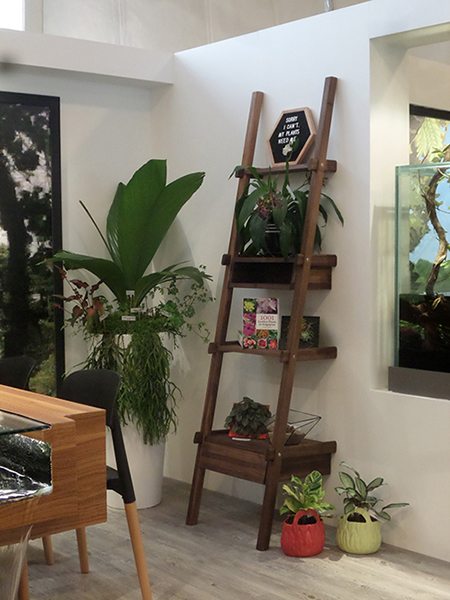Crocodile vs Monitor Lizard
You are taking a leisurely stroll along the tree-lined footpaths of Sungei Buloh Wetland Reserve when suddenly, you see something in the water move. It has a familiar lizard-like silhouette and a long and slender tail. Could it be a saltwater crocodile (Crocodylus porosus)? Or is it a monitor lizard (Varanus salvator)?
Journey with us as we investigate these two animals’ body shapes, teeth, tongues and habitat so that the next time you see a reptilian creature in the vicinity, you would be better informed of what to do.
crocodile.png)
monitor-lizard.png)
Saltwater Crocodile (left). Photo credit: Mendis Tan; Monitor Lizard (right). Photo credit: Holly Siow
|
|
Saltwater crocodile |
Monitor lizard |
|
Body Shape |
Long, muscular body, ranging from 2.3 to 5.2 m long, depending on gender |
Long, flattened body, can grow up to around 3 m long |
|
Teeth |
Teeth protrude from its lower jaw |
Teeth are hardly seen |
|
Tongue |
Does not stick out its tongue |
Occasionally flicks its tongue in and out while on land |
|
Habitat |
Resides mostly in water |
Resides mostly on land |
Body Shape
Saltwater crocodiles are muscular and have a long snout with bony plates on their back. The top of their back is yellow, olive or grey with black spots and their underbelly is white. Adult males range in size from 4.3 to 5.2 m long. Females are smaller, ranging from 2.3 to 3.5 m long.
Monitor lizards, also known as Malayan Water Monitors, have non-overlapping scales, a long, flattened snout and thick, leathery skin. As they mature, juveniles gradually lose the rows of yellow spots they have on their backs and tails and eventually exhibit plain, greyish-brown skin.
Teeth
Saltwater crocodiles are cheeky reptiles. They love to flash a toothy grin where the fourth tooth on either side of their lower jaw protrudes slightly. Saltwater crocodiles have around 60 to 70 teeth, which constantly get replaced every one to two months. Their sharp teeth are not meant for chewing their food. Rather, crocodiles use them to grasp and rip their prey apart.
Monitor lizards hardly flash their teeth. However, like the crocodile, they use their teeth to dismember larger prey such as young crocodiles and catfish into smaller pieces for easier consumption. They swallow smaller prey such as fishes whole. Monitor lizards also regrow their teeth in an interesting fashion – new ones emerge from the gaps in between matured teeth.
crocodile.jpg)
monitor-lizard.jpg)
Saltwater crocodile flashing its teeth (left). Photo credit: Tan Tze Siong; Monitor lizards use their teeth to grasp and dismember prey such as fish (right). Photo credit: David Li
Tongue
The tongue has different functions for different creatures. In humans, the tongue is used to taste and swallow. In saltwater crocodiles, the tongue’s main role is to keep water out. They do this by gluing their tongues to the top of their mouths, which prevents water from entering their throat when they dive underwater. Their tongue measures as long as their snout, around 61 cm.
Unlike saltwater crocodiles, monitor lizards flick their tongues in and out regularly while on land in order to gather scent molecules. They then use a special sensory organ known as the Jacobson’s organ to ‘smell’. This helps them hunt for prey, find mates and avoid danger.
Habitat
Saltwater crocodiles often hide among vegetation or warm themselves by basking in the sun at the water’s edge. They have been sighted in the Sungei Buloh Wetland Reserve, Kallang River and Kranji Reservoir.
Monitor lizards are much more commonly sighted. You may find them in forests, mangroves and in many of our parks and gardens. They prefer to reside near water bodies and are good swimmers and divers, even though they spend most of their time on land. They can even climb trees!
crocodile.png)
-monitor-lizard.png)
Saltwater crocodile in the water (left). Photo credit: Tan Heok Hui; Water monitor resting on land (right). Photo credit: Robert Tan
Although saltwater crocodiles and monitor lizards do share certain similarities, these creatures are special in their own ways and exhibit very different characteristics and traits.
The next time you are in these animals’ habitat and spot something moving, look out for their body shape, teeth and tongues. These will better help you to identify whether the creature in your midst is a saltwater crocodile or monitor lizard.
monitor-lizard.jpg)
Monitor lizards in the water. Photo credit: Tan Choon Lai
What you should do when you encounter one (or both) of these creatures
If you spot a crocodile or monitor lizard, please do not be alarmed. You are advised to leave the animal alone and observe them from a distance. These animals will not harm you unless they feel threatened or provoked.
For more information on what to do when you encountering these unique creatures, check out our animal advisories for monitor lizards here and for crocodiles here.
Text by Dion Goh and Kwek Ee Chern




Have views or comments on this article? Let us know via this form. If you would like to give us feedback on any other areas relating to our parks and gardens, please submit via https://www.nparks.gov.sg/feedback